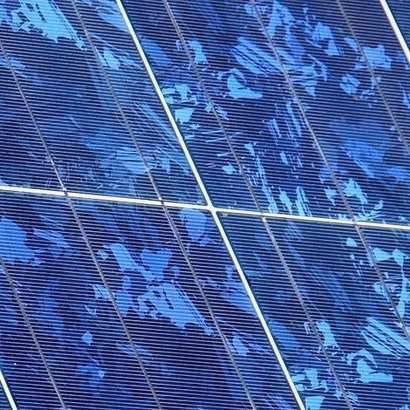
According to IHS Inc., the primary reason for the increase in polysilicon prices is a rush to install projects in China before the deadline for the Feed-in Tariff (FiT) levels of those projects on June 30th this year. Prior to the Chinese New Year in February 2016, polysilicon sold for just $12 per kilogram, however that price is now expected to rise to $19 per kilogram by April 2016.
“Strong demand for polysilicon prices is triggered by the FIT deadline in China” said Karl Melkonvan, solar supply chain analyst for IHS Technology. “Buyers cannot wait any longer to buy polysilicon for solar modules, if they want to them produced and installed before the end of June. It is highly unlikely that polysilicon prices will continue increasing in the second half of the year, but a flat pricing outlook is certainly a possibility, if demand remains as high as previously forecast.”
In essence, US polysilicon manufacturers have lost access to China, the largest PV module manufacturing base in the world. This in turn is causing severe financial distress for many US-based companies, which can’t benefit from the strong polysilicon demand and recent price increase in China. Meanwhile, suppliers in Korea and other Asian countries have benefited greatly from their ability to increase market share in China and other markets, with Korean polysilicon manufacturers now account for almost half of all imported polysilicon in China.
Another IHS solar supply chain analyst, Jessica Jin, added that western manufacturers can no longer sell into China. This in turn is leading to inventory over-supply and even causing some factories to close. Although they are trying to sell polysilicon at bargain prices, there is low demand for purchasing silicon outside of China because most wafer factories are located in China.
Consolidation is continuing with the global polysilicon industry, according to IHS. Some important manufacturers have reduced their business scale and only a few have announced capacity expansion plans in 2016. Polysilicon inventories have reached critical levels, placing many US-based polysilicon companies at risk. However, due to increased demand in China, OCI, Hanwha Chemical and other Korean suppliers have managed to reduce their inventory levels significantly.
For additional information:

